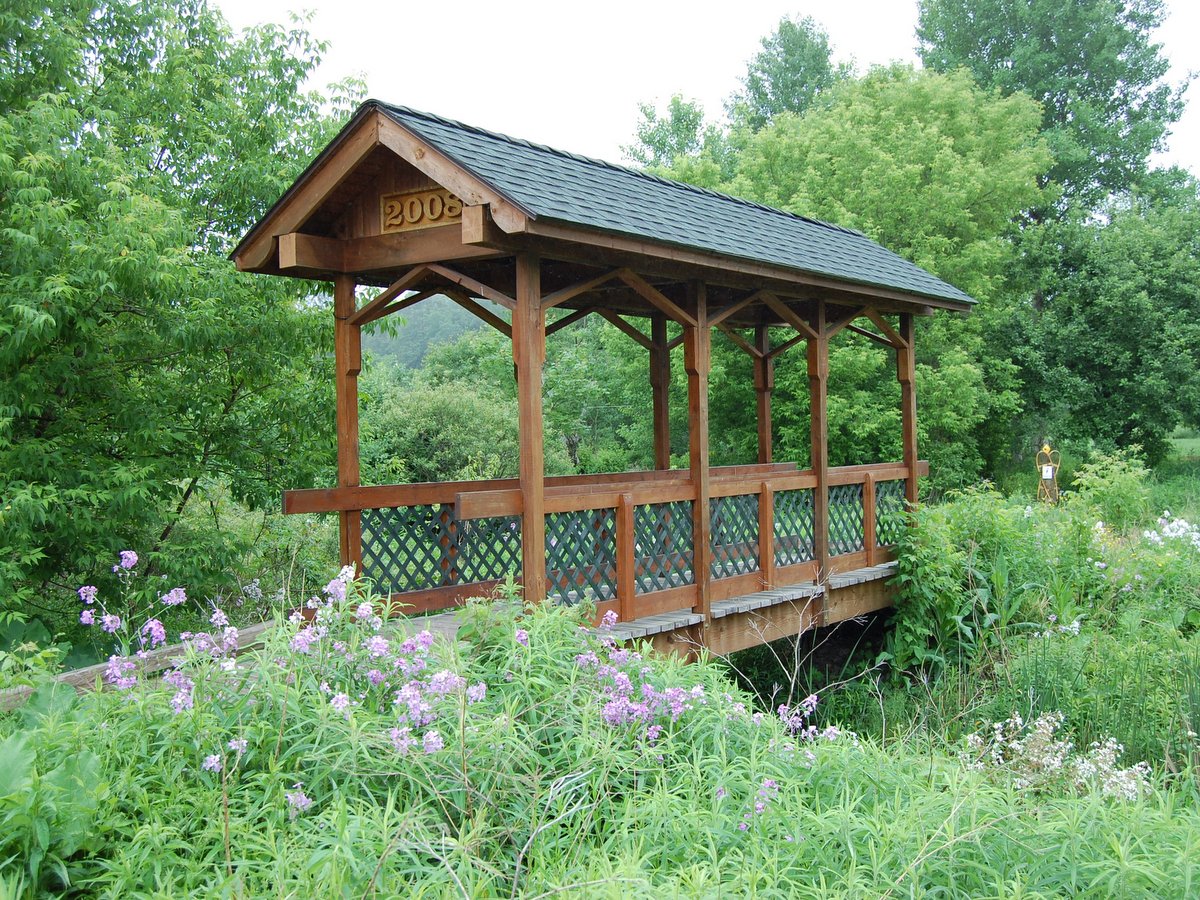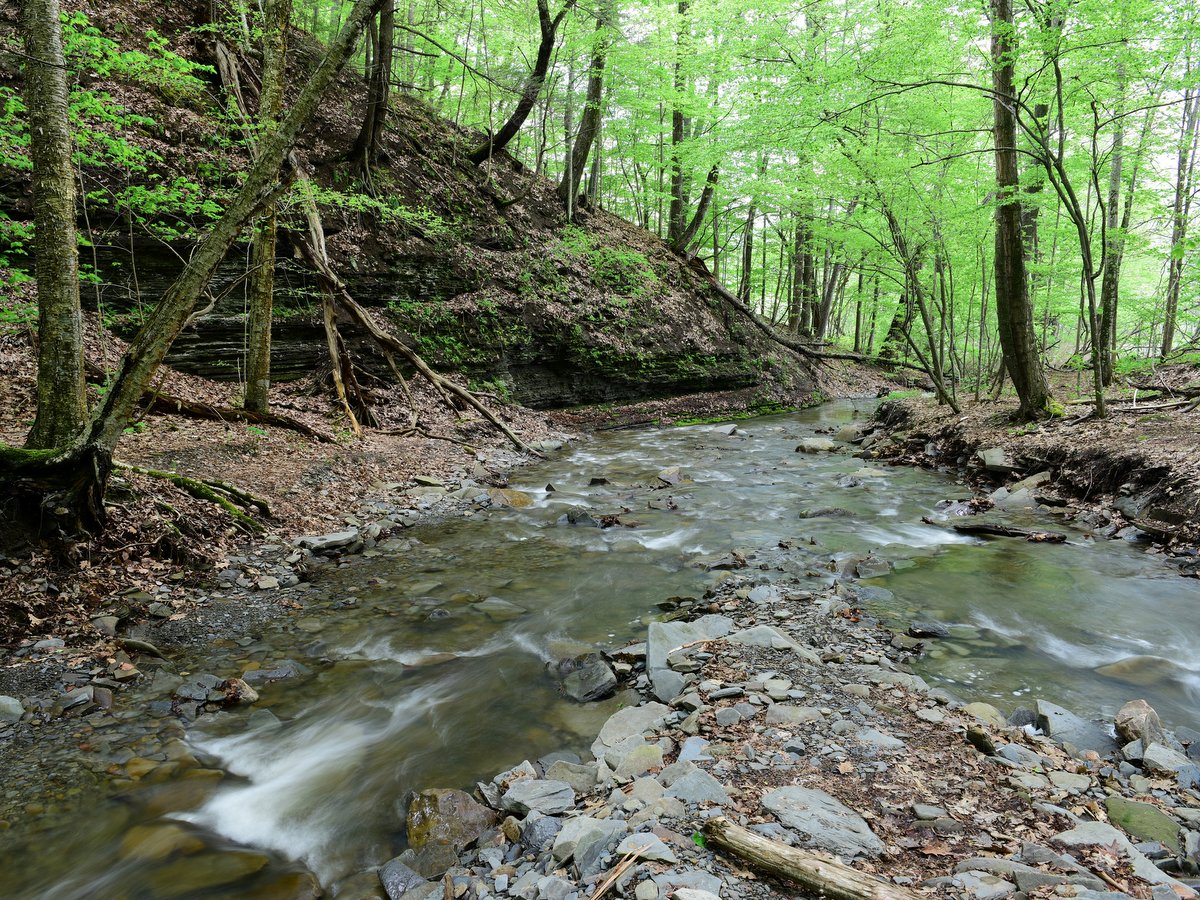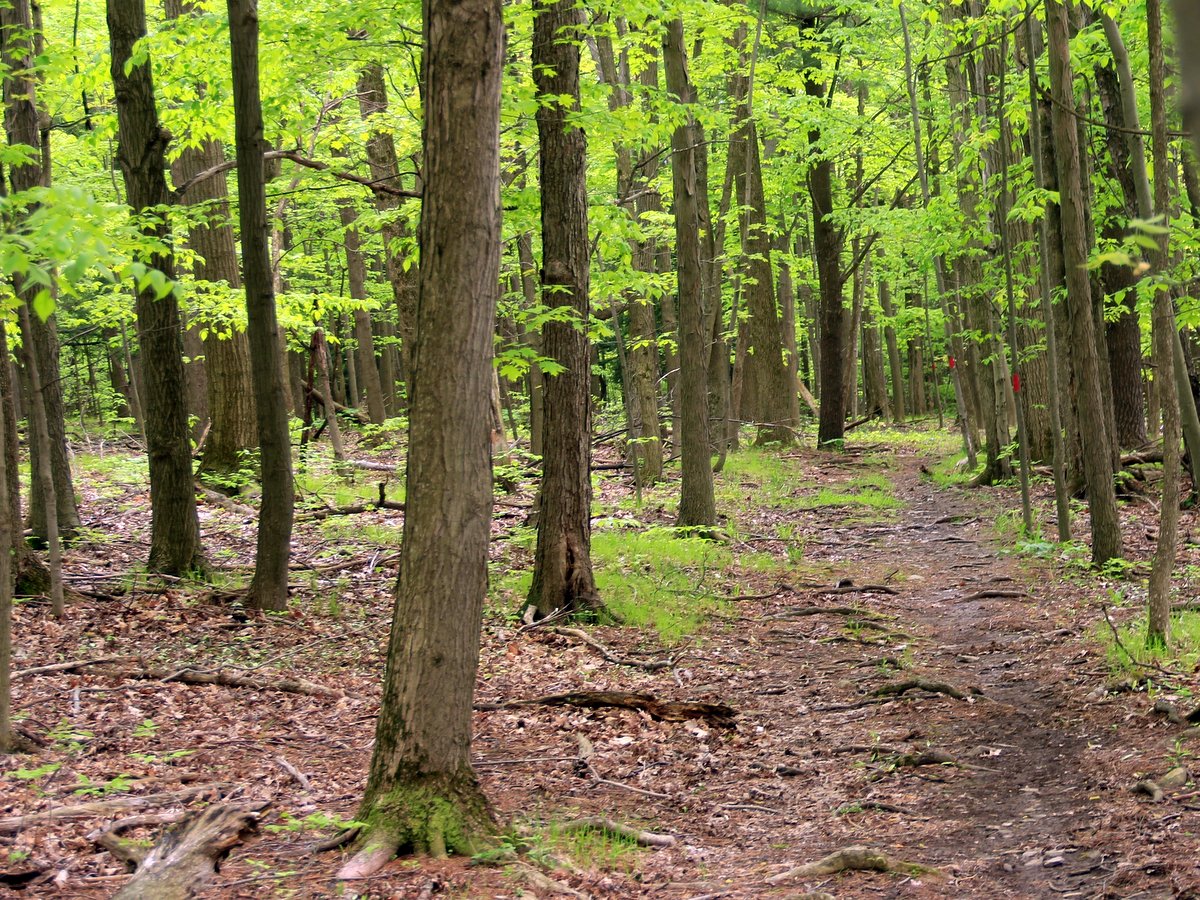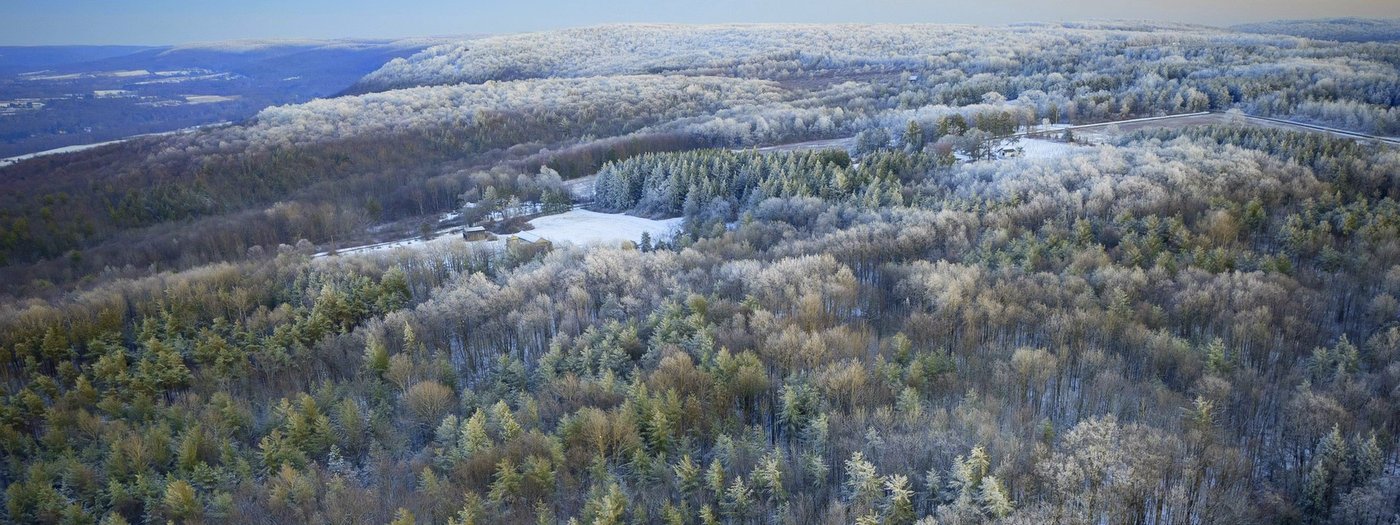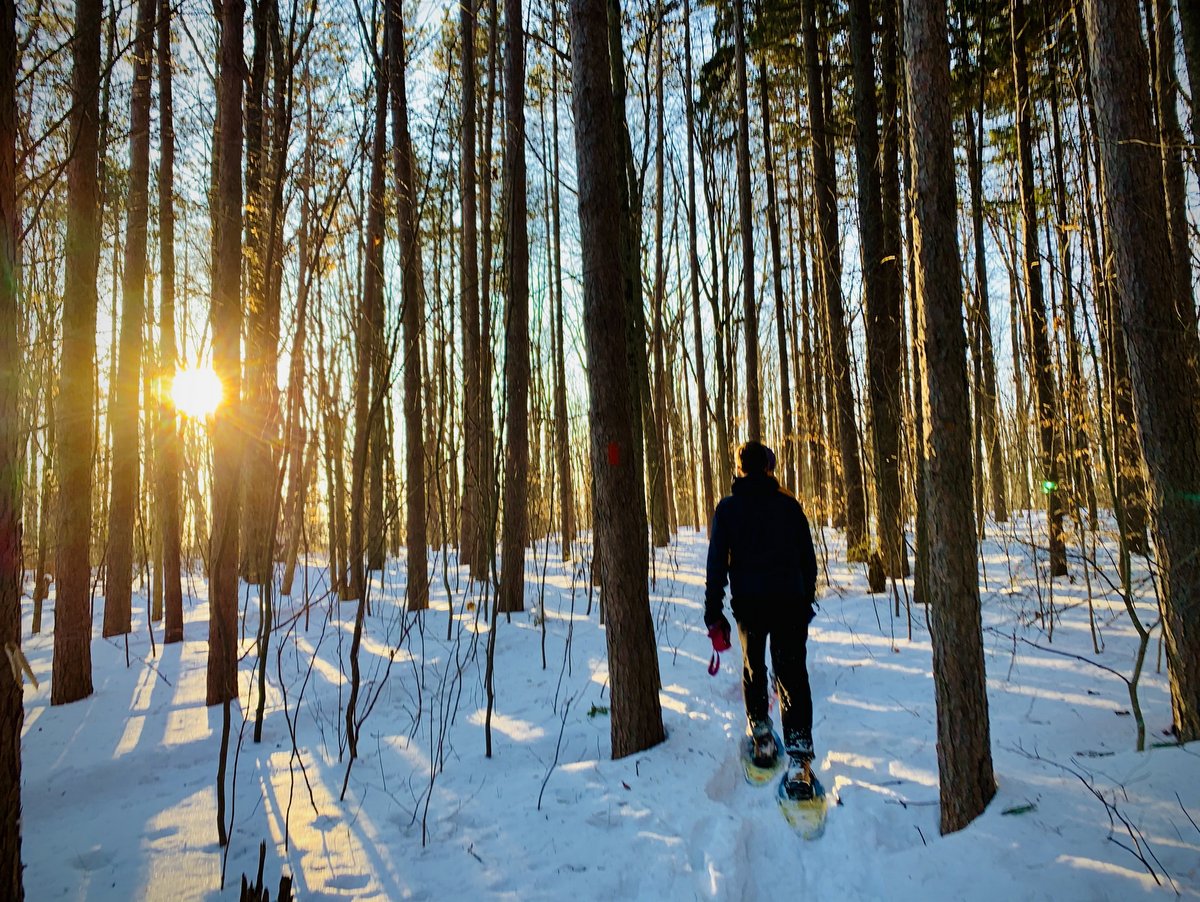Favorite Fall Hikes in the Finger Lakes Region
Cool weather has arrived and the summer crowds are gone. It’s fall hiking season in the Finger Lakes! Immerse yourself in the beauty of autumn by exploring some of these natural areas recommended by the Finger Lakes Land Trust. Put on a sweater, go leaf peeping, and be mindful of safety during fall and winter hunting seasons.

Baltimore Woods Nature Center
Rolling wooded hills, well-groomed trails, and varied niches make this small gem a must visit for all members of the family. Short trails through an arboretum as well as wildflower and herb gardens near the John A. Weeks Interpretive Center are perfect for those who just want a brief, easy stroll. The longer Valley, Boundary, and Field to Forest trails offer extended trips to expand the experience and are thoroughly enjoyable by hikers of all levels.

Birdseye Hollow State Forest
The 3,446-acre Birdseye Hollow State Forest features nearly 11 miles of the Finger Lakes Trail, which winds its way mostly north to south through deciduous forest and conifer plantations. Deep woodlands and babbling brooks occupy the majority of the trail experience here, but there is also the short blue-blazed lakeside trail which offers ample wildlife viewing.

Buttermilk Falls State Park
The park’s namesake falls, Buttermilk Falls, lies beside the Gorge Trail which features beautiful stone walls and staircases that accentuate the scenery. At the end of the Gorge Trail, is the Bear Trail which connects to the upper section of the park and includes 1.5 miles (one way) of hiking trails, picnic areas and Lake Treman. On the loop trail around the lake, hikers can pick up the orange-blazed Finger Lakes Trail and extend their journey to nearby Lick Brook Gorge and on to Treman State Park. In all, there are roughly 8 miles of trails within the park, but visitors should be aware that the Gorge Trail is only open from early May to early November.

Clark Reservation State Park
Clark Reservation State Park packs in a great deal of botanical and geological diversity in a small footprint. At the heart of the park is Glacier Lake, which is similar to the astoundingly unusual Green and Round Lakes at Green Lakes State Park. But unlike the level and groomed trails around the lakes at Green Lakes State Park, the trail that encircles Glacier Lake is rugged and wild in character. Other trails wind through deep forest and beside the lake’s outlet/swamp so there are multiple routes through a variety of niches.

Connecticut Hill Wildlife Management Area
In a region dominated by out-and-back hikes, the Connecticut Hill WMA boasts not one but two separate loop hikes: the Van Lone Loop and the Bob Cameron Loop. The 5.7 mile-long Van Lone Loop shares a section of the Finger Lakes Trail (FLT) which follows Cayuta Creek, while the 2.6 mile-long Bob Cameron Loop is near the FLT, but entirely separate.

High Tor Wildlife Management Area
There are over a dozen miles of hiking trails as well as a network of access roads in the 3,400-acre upland portion of High Tor WMA. No matter which approach you choose to reach the upland site, the climbing is steep. But, once you reach the top, the hiking and biking are fairly level. The trail system is a part, albeit only a short section, of the more extensive Bristol Hill Trail, a branch trail of the even longer Finger Lakes Trail.

Steege Hill Nature Preserve
The 793-acre Steege Hill Nature Preserve has 7 miles of hiking trails and is the Finger Lakes Land Trust’s largest conservation area. Located on a hilltop high above the Chemung River, hikers can choose from a series of connected loop trails for longer or shorter hikes. The predominantly oak-hickory forest turns brilliant with fall colors, making autumn an excellent time to visit.
*A reminder to recreation enthusiasts that many parks, forests, and nature preserves allow hunting and trapping in designated periods. Go Finger Lakes would like to encourage all outdoor lovers to be especially mindful of safety during the fall and winter hunting seasons, from October 1-December 22. We advise everyone to wear blaze orange, pink, or another bright color on outdoor adventures to be seen more easily and from greater distances.
Each location profile on Go Finger Lakes includes a link to the managing organization – whether it be the Finger Lakes Land Trust, a New York State agency, or a nature center – and visitors should consult that agency for hunting information BEFORE EACH OUTING.












